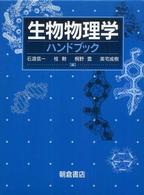Full Description
Some of these cells, such as immune cells and red blood cells, live only for a few days to weeks and get life-long constantly replaced by cells produced in the bone marrow. Next, we will shift to cellular mechanisms of aging and discuss then the impact of nutrition and immunity on the aging process.








